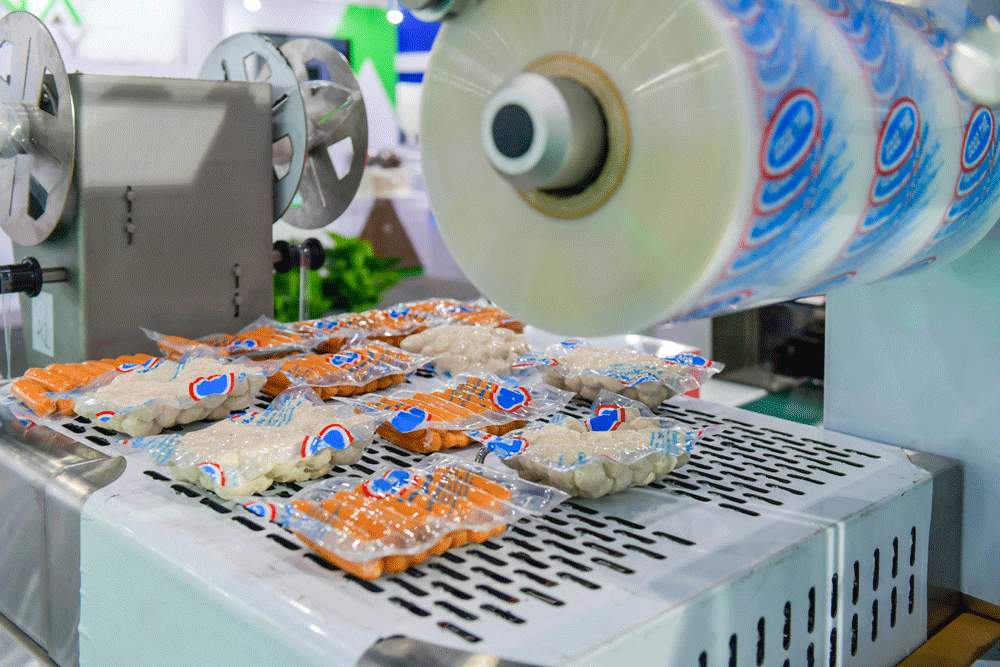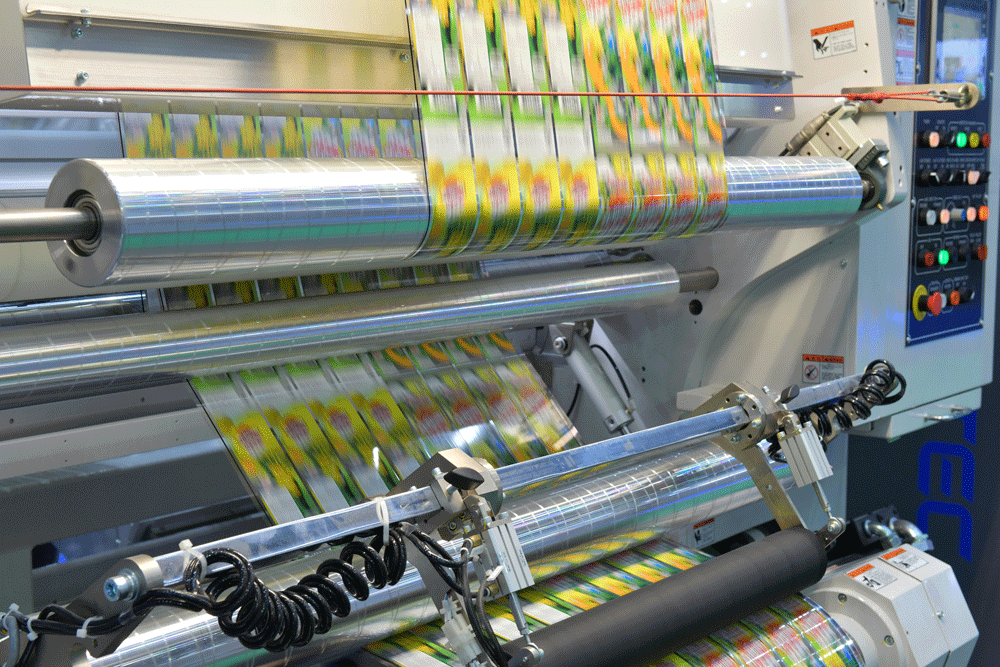Often dedicated to the digitalization of factory operations, to the dispatching to the operator stations of the different tasks of the manufacturing orders from ERP and to the recording of permanence data, the MES delivers its full potential only by collecting information directly at the machine level.
Many newer factories are equipped with modern, high-performance machines, which are full of useful information that is reflected in their control screens. A boon for MES systems?
Not so simple...

Machines: a production capacity issue above all
The choice of a production machine is an important issue for the manufacturer. Its capacity to produce the products to be marketed, the rates it is capable of achieving, its ease of use, its maintainability, the availability of spare parts, the contractual conditions of maintenance, etc. are all essential elements that the manufacturer must take into account, and which will decide its production capacity for several days. All this in a relatively short time, because the market does not wait!
At this time, the monitoring and improvement of production are more distant issues, and the connectivity of the machine rarely enters into account in the choices.
The chosen machine is modern, the control screens are comfortable and seduce the operators, what more could you ask for?
Sometimes, the workshop is started with only one driving machine, which has all the necessary information. What would be the point of a connection?
But fortunately for the manufacturer, the story goes on. The market is growing, the production capacity will have to increase and the workshop will see its machine park grow. A real control of the production plan and performances becomes essential. This will only be possible by implementing a digital continuity between the ERP and the operations via the MES and a real time restitution of the production performances. Real-time collection of actual production and scrap quantities, downtime and its causes are becoming an issue, and the problem of machine connectivity is resurfacing.
A lose-lose strategy

However, many machine manufacturers will make this necessary connectivity more complex. Indeed, while their machines are equipped with modern standard automatons or supervision PCs that can easily communicate with the outside world, they keep the exchange interfaces secret, or offer them at a prohibitive price, too sure of the fact that their customers are now captive, unable to question their investment, which they are generally satisfied with.
At the same time, some develop and offer an embryonic MES, a production monitoring system designed for their product line only.
In short, rather than making the connectivity of their machines a selling point in the context of Industry 4.0, they engage in a quasi-forced proprietary sales approach without sustancial added value. However, this strategy is doomed to failure: it is rare for a manufacturer, and a proprietary MES has little chance of being relevant. On the other hand, invoicing the interfaces at a prohibitive cost only has the effect of postponing indefinitely the implementation of the MES at the industrial site. A lose-lose stategy.
The help of the IoT
This is where the IoT comes in. Since it is difficult to extract the data available in the machines' central units, why not collect it directly at the source? Installing the sensors needed to obtain the desired information, for example, to calculate a perfectly reliable OEE, will only require a fex hundred euros. The MESbox QPI from COOX has a mode that allows it to be delivered from just three pieces of information!
More prosaically, this principle also applies to remote input/output systems, which for the most part have a TCP/MODBUS interface directly supported by the COOX platform, because if the internal data of the machines are not documented, theelectrical inputs/outputs connected to the various sensors of past quantities or stop/run are generally documented.
If you look at it, using IoT remote I/O systems is even more advantageous than accessing information from the machine' CPUs, because the machines are not all formatted the same, which will require different processing for each machine. With the IoT, information flows can be completely standardized.
Finally, somewhat in spite of themselves, machine builders will have stimulated the implementation of an MES in a more economical and efficient way, for the greater benefit of their industrial customers.



